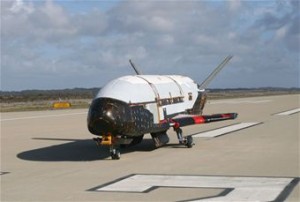NASA’s Curiosity rover has landed on Mars! Its descent-stage retrorockets fired, guiding it to the surface. Nylon cords lowered the rover to the ground in the “sky crane” maneuver. When the spacecraft sensed touchdown,…
via NASA – Curiosity Lands on Mars.
From: Curiosity’s Sky Crane Maneuver, Artist’s Concept
The sheer size of the Mars Science Laboratory rover (over one ton, or 900 kilograms) would preclude it from taking advantage of an airbag-assisted landing. Instead, the Mars Science Laboratory will use the sky crane touchdown system, which will be capable of delivering a much larger rover onto the surface. It will place the rover on its wheels, ready to begin its mission after thorough post-landing checkouts.

